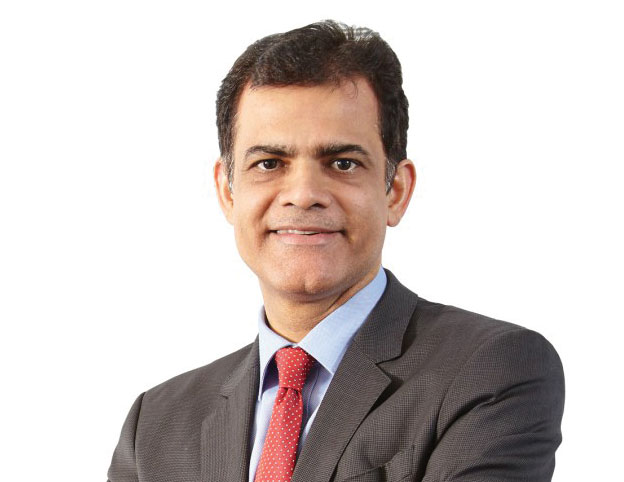Technology has disrupted almost every facet of the real estate business today. However, the creation of the core product is and will remain the most important aspect of this business, and advanced technologies are certainly playing a major role there. By adopting innovative technologies like automation in construction, innovative designs, sustainability, use of prefabricated material and online marketing, developers can value-engineer their product.
Let’s look at some of the existing and upcoming technology disruptions in real estate construction.
3D Printing
Among the many new technologies already adopted by the construction sector, 3D printing (large-scale printing of homes) is anticipated to change the way real estate is built over the next decade. Though still very nascent, 3D printing can potentially replace a substantial amount of construction across major segments, including residential, commercial or even retail.
This will be a massive paradigm shift in real estate development. Apart from seriously reducing waste, cost and labour requirements, 3D printing will help builders penetrate the hitherto inaccessible areas of dense urban centres, where it is impossible to set up heavy machinery for construction. 3D printing technology will eventually also involve the printing of internal structures such as walls, plumbing, electrical systems, venting and so on.
Given the rapid rate at which technology is reimaging everything in modern life, it would perhaps be rash to tag 3D printing in construction as ‘hopelessly futuristic’. It will happen sooner than we may expect. While 3D printing in the construction sector is yet to kickstart in India, an entire two-story house was 3D printed from concrete in Beijing in just 45 days – from start to finish. The potential of this highly disruptive construction technology is therefore beyond dispute.
Of course, there are considerable costs involved in this technology. 3D printing machines usable in the construction sector can cost as much as $2 million. Also, their current capacities are limited to structures of less than 33 feet (10 meters) in height, with a throughput of fewer than 550 pounds (250 kg) per hour.
In other words, 3D printing technology in the construction sector can change the way real estate functions but currently, it is largely limited to printing small buildings. For large-size buildings including multi-storey offices or large malls, machines of considerably higher capacities would be needed.
Building Information Modelling (BIM)
An existing construction technology which is fast gaining ground is Building Information Modelling (BIM) software that allows designers to produce 3D mock-ups of planned structures along with critical information about costs and construction timelines.
Many small and medium organisations are shying away from the adoption of BIM technology, as it involves high implementation fees and training costs, including the cost of hiring experts, training the existing workforce, apart from the investment in the technology itself. Since many of India’s developers simply don’t have budgets to meet these additional expenditures, they prefer to follow traditional methods.
However, BIM technology has certainly found a foothold in India. Some examples of companies using BIM software include the Nagpur Metro Rail Corporation (NMRC) that adopted 5D BIM technology for practical completion of the project and to create an Issue-Based Information System (IBIS) for each phase of the project.
In Amritsar, a rapid transit system was constructed using Virtual Design and Construction technology. Spread over 4 km, this rapid transit system is one of the finest examples of the application of BIM technology in India.
Virtual/Augmented Reality Technology
Construction companies worldwide, and also in India, have started using Virtual/Augmented Reality technology to enhance construction worker safety training. VR allows workers and work managers to visualise the more serious construction site hazards and prepare for them adequately. Firms also use apps that link VR/AR tech to their BIM software. This allows contractors and developers to create virtual walkthroughs of a structure even before it is complete, enabling them to make more informed design decisions early in the construction stages and save on both time and costs.
Drones
Although expensive, the use of drones is gaining popularity for managing and inspecting sites. Drones allow developers to map a site and create 2D as well as 3D images. Most of the advanced drones use a coordinate-based system which helps achieve absolute accuracy in measurements.
Brick-laying Robots
Construction is a highly labour-intensive industry. However, labour costs can be significantly reduced, and quality and precision standards considerably increased by using robotics for the repetitive, mechanical functions such as bricklaying. We have already seen the introduction of a semi-automated mason aptly called SAM. This robot, which lays bricks rapidly and precisely, has been designed and engineered by Construction Robotics. It is the first commercially available bricklaying robot which works in collaboration with human masons and increases their productivity up to five-fold. For all its innovativeness, it is definitely only the first iteration of many even more efficient machines to come.
All this is important if we consider that while technology can and is replacing humans in various ways and that an entirely new alternate online universe has now opened up, humans themselves will always require constructed buildings to live and work in. There is no immediate foreseeable way of catering to all the physical needs of mankind purely by means of technology.
In other words, real estate will remain relevant no matter how rapidly technology evolves; the virtual space has inherently insurmountable limitations when it comes to serving organic life forms. However, a lot of human inputs related to the conception and creation of the required real estate can and is either being replaced or improved upon by technology.
The author is chairman at Anarock Property Consultants


